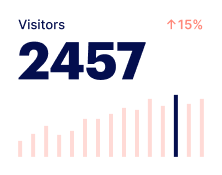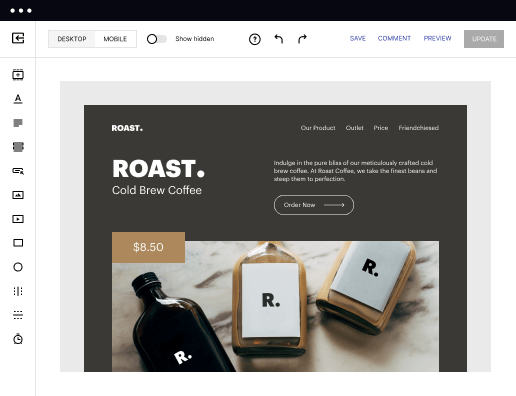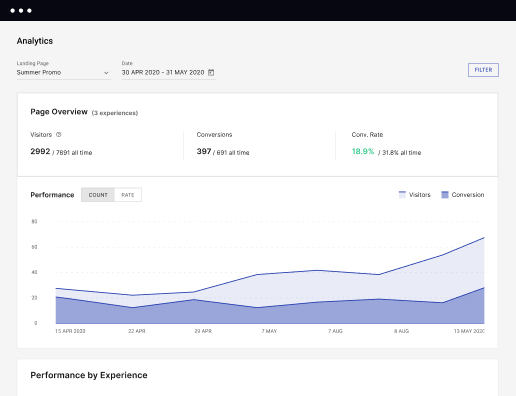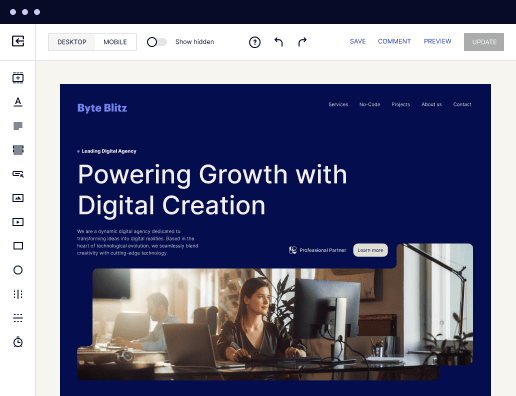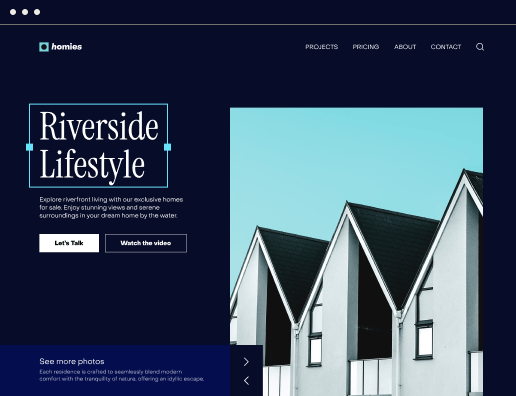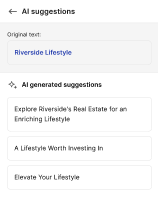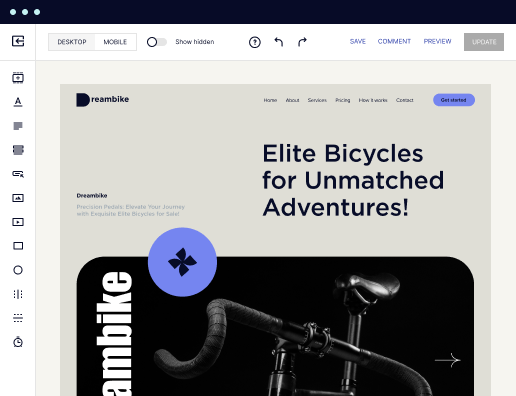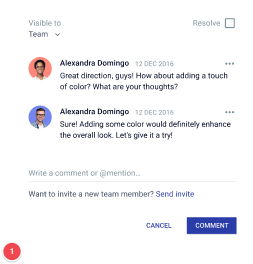Make a high-performance API documentation page optimized for Vivaldi
Utilize Instapage to reduce costs, enhance conversions, and deliver tailored experiences in Vivaldi.
Instapage api: Your ultimate how-to guide
Creating an API documentation page in Vivaldi can enhance developer experience and improve integration capabilities. Instapage offers a robust platform for marketers, combining ease of use with advanced features tailored for high conversion rates and engagement.
Understanding Instapage's Value Proposition
Instapage empowers marketers to build efficient landing pages quickly using over 100 conversion-focused layouts and Instablocks. This no-code solution allows marketing teams in various sectors like tech/SaaS, education, and financial services to rapidly deploy landing pages that enhance brand trust and customer loyalty. For instance, businesses can create tailored pages that reflect their unique offerings, thus facilitating better user experiences.
- Flexible page creation with minimal effort: Instapage allows you to create landing pages effortlessly using drag-and-drop functionalities.
- Built-in experimentation tools for optimization: With A/B testing features, you can continually refine page performance based on real user data.
- Personalization capabilities for targeted experiences: Implement dynamic text replacement to deliver personalized messages that resonate with diverse audience segments.
Step 1: Setting Up Your Instapage Account
To kickstart your API documentation page on Instapage, you first need to set up your account. Detailed steps include:
- Visit the Instapage website and click on 'Start Free Trial'.
- Fill out the registration form with your business email and create a password.
- Confirm your email, then log in to start creating your landing pages.
Step 2: Selecting a Template for Your Landing Page
Choosing the right template is crucial for delivering the right message to your visitors. You can explore templates based on your industry needs, such as education or tech services. Consider these factors while selecting:
- Relevance to your content type: Ensure the template features layouts that support code snippets or technical documentation.
- Availability of customization options: Look for templates that allow for dynamic text fields to personalize user experiences.
- Integration features: Check if the template supports integrations with tools your marketing team frequently uses.
Step 3: Customize and Launch Your API Documentation Page
Once your template is chosen, it's time to customize the content to reflect your API documentation. You can:
- Edit the textual content to provide clear instructions and examples related to API usage.
- Add images, links, or code snippets that enhance understanding for developers or technical users.
- Set up tracking and analytics to monitor how visitors interact with your documentation.
Effective documentation fosters trust and engagement among users, leading to better retention rates and conversion.
Start harnessing the power of Instapage today to create an impactful API documentation page that resonates with your audience. Sign up for our free trial and see the benefits for yourself.
Get more out of Create your API documentation page in Vivaldi
Improve your Quality Score with quick load technology for landing pages
Increase conversions with content that aligns with your ads and audiences
Achieve maximum ROI by scaling your marketing initiatives
Leading the way in building high-performing landing pages





FAQs
See how to create your api documentation page in vivaldi in action
Ready to skyrocket conversions?
Supercharge your ad campaigns with high-performing landing pages.
Get started
